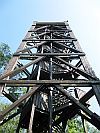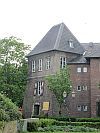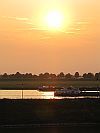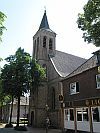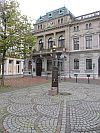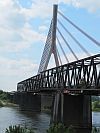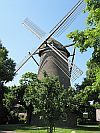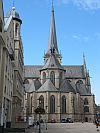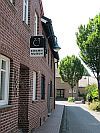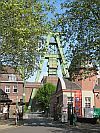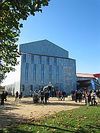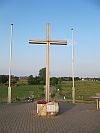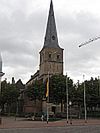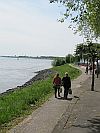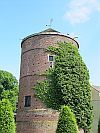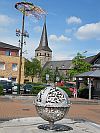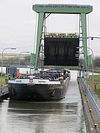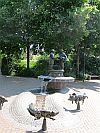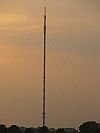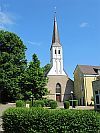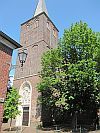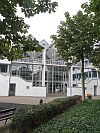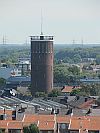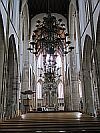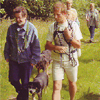Church Goetterswickerhamm (Schinkel church), Goetterswick House

The church's oldest parts stem from the 11th/12th century. It carries the rare patronage of the holy Nicodemus. It was originally a family church for the masters of Götterswick.
The church was created as a single nave Romanesque hall building with a flat ceiling with incorporated tower. In 1350 the tower's height was increased by one level. The lower part of the tower, the back wall and the baptismal font are still in existence. In the church's long history there were destructions, lootings, fires and decay happen again and again.
After every destruction the church was rebuilt bigger and prettier. Today it's a book of cultural history in brick, tuff and wood in Romanesque, Gothic and classicism. Among others Karl-Friedrich Schinkel, Prussian senior construction director in Berlin and highly praised master builder of classicism have left their traces.

Special sights are
- the three-level tower made from tuff,
- the baptismal font hewn from Bentheimer sandstone with compact pillar stump and 4 lion monsters in the corners from the 12th/13th century. It is one of the oldest in the neighbourhood,
- Gothic gravestones from the 15th and 16th century,
- dead tables and family trees of noble generations from Götterswickerhamm and neighbourhood decorate the church's walls,
- something special is also the only late-Romanesque organ, built by the Schwelm company Faust in 1933. The organ was restored from 1993 to 1995.

Götterswick House
The former moated castle was first mentioned in 1192. It was the ancestral seat of the noble men of Götterswick, who took over the reign Bentheim-Steinfurth in 1241.
At the time of the Franks knight Godert built according to the legend a concrete house amidst a wick and secured it with a moat and a border. The house and the settlement were apparently named after this knight Godswick. The Spanish destroyed this castle down to its foundations in 1598. Rebuilding started in 1653.
Only the main castle could be preserved. It is a two-level angled facility made of white buddled brick. The old moats can still be recognised in parts.

Around 1800 Götterswick House was the mayor's residence and office. In 1854 Götterswick House became a vicarage.
In the year 2011 the church usage ended. After extensive renovations and making the building secure it is now used as a residence.

 Deutsch
Deutsch Nederlands
Nederlands Dansk
Dansk Österreichisch
Österreichisch Po Polsku
Po Polsku Italiano
Italiano Francaise
Francaise Portugiesisch
Portugiesisch






